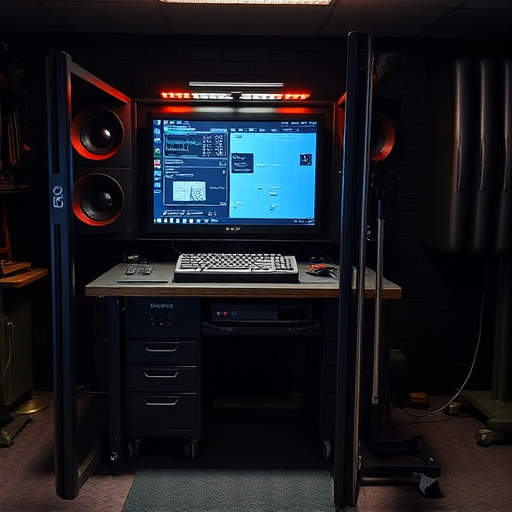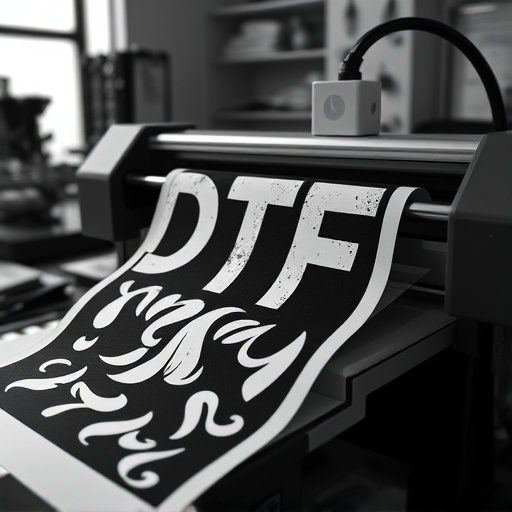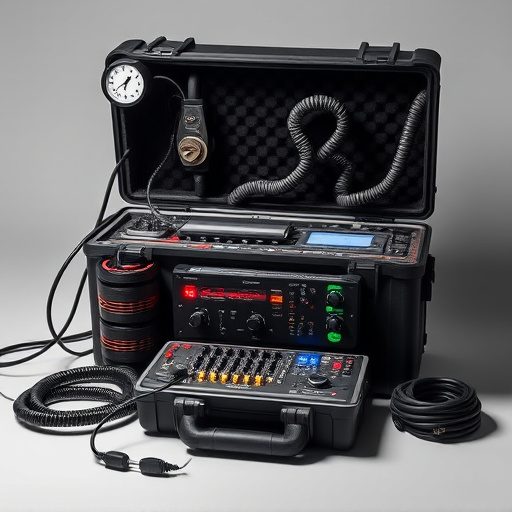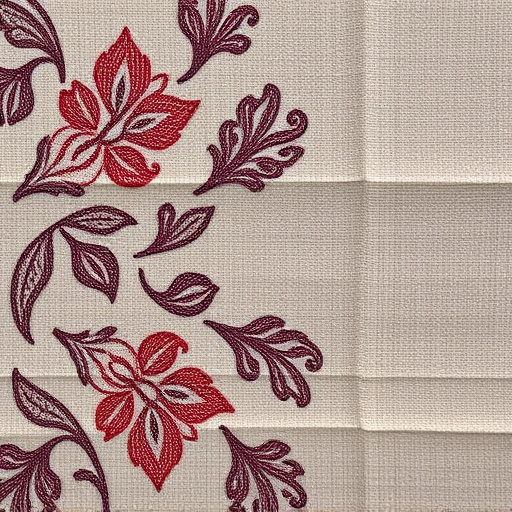Optimizing DTF Custom Orders involves a detailed review of each process stage from design to delivery, identifying bottlenecks like approval, proofing, and printing techniques for lightweight fabrics. Automation through integrated solutions like printers and cutters that print and cut simultaneously streamlines workflows, reduces manual effort, and enhances productivity. Effective communication using digital tools for real-time updates, instant messaging, and file sharing ensures everyone involved stays aligned, minimizing miscommunication and delays. Collaboration platforms tailored to DTF printing needs facilitate task management, version control, and automated notifications, enhancing customer satisfaction.
Streamlining your DTF Custom Orders workflow can transform a complex process into a seamless, efficient operation. This guide will help you optimize every step, from understanding your unique order process to automating routine tasks and enhancing communication. By implementing strategic changes, you’ll improve customer satisfaction and boost productivity, ensuring your DTF Custom Orders remain a competitive advantage. Discover how to simplify, automate, and excel in managing custom orders effectively.
- Understand Your DTF Custom Order Process
- Automate Routine Tasks For Efficiency
- Optimize Communication & Collaboration
Understand Your DTF Custom Order Process

Understanding your DTF (Direct-to-Fabric) custom order process is a critical first step in streamlining operations. This involves a deep dive into every stage, from design input to final delivery. Identify key touchpoints where bottlenecks might occur—whether it’s design approval, proofing, printing techniques (ideal for bulk DTF shirt production, especially with lightweight fabrics), and quality control checks. By meticulously mapping out these steps, you can pinpoint areas for optimization.
For businesses specializing in DTF for Apparel, a structured process ensures efficiency and client satisfaction. For instance, implementing digital design tools and automated printing technologies can significantly enhance speed and accuracy, particularly when handling high-volume orders. Remember, a well-defined workflow is the foundation for a seamless DTF custom order experience.
Automate Routine Tasks For Efficiency

In the realm of DTF Custom Orders, automating routine tasks can significantly enhance your workflow efficiency. By leveraging technology, such as automated cutting and routing systems, you can streamline the process from design input to final product. These innovations ensure that each order is handled with precision and speed, reducing manual effort and minimizing errors. For instance, an integrated DTF printer and cutter can simultaneously print and cut designs onto DTF transfer sheets, eliminating the need for separate steps and saving valuable time.
Moreover, automation allows you to focus on more complex aspects of your business while ensuring that basic tasks are executed flawlessly. Whether you’re engaging in DTF printing for t-shirts or crafting intricate designs, automating routine processes enables you to maintain high quality standards and meet customer demands promptly. This not only boosts productivity but also contributes to a smoother overall workflow.
Optimize Communication & Collaboration

Effective communication is key to streamlining your DTF Custom Orders workflow. Establish clear and consistent channels of interaction between departments, vendors, and clients. Implement digital tools that facilitate real-time updates, instant messaging, and efficient file sharing. This ensures everyone involved stays aligned with project timelines, design revisions, and order specifics, minimizing miscommunication that could lead to delays or errors.
Collaboration tools should be chosen based on the unique needs of your DTF printing for t-shirts process. Consider platforms offering task management capabilities, version control for designs, and automated notifications for critical updates. Fostering a collaborative environment where everyone understands their role in the process helps create a seamless flow from initial order placement to final delivery, enhancing customer satisfaction with your DTF orders.
Streamlining your DTF Custom Orders workflow isn’t just about efficiency; it’s about transforming a complex process into a seamless experience for both you and your clients. By understanding your order process, automating routine tasks, and optimizing communication, you can significantly enhance productivity while ensuring client satisfaction. Implement these strategies to make managing DTF Custom Orders more manageable and leave a lasting positive impression on your customers.














